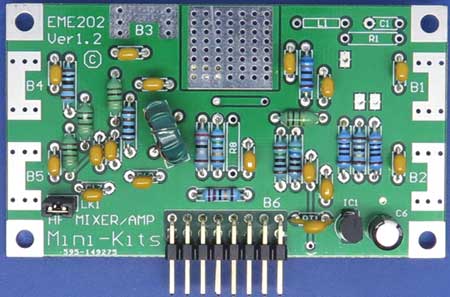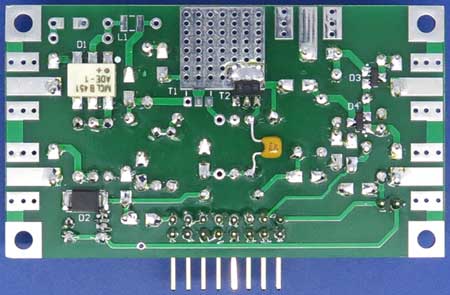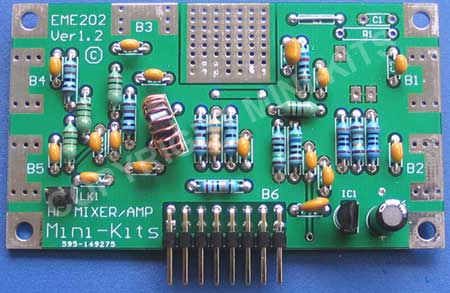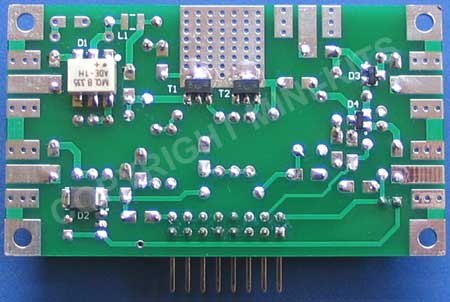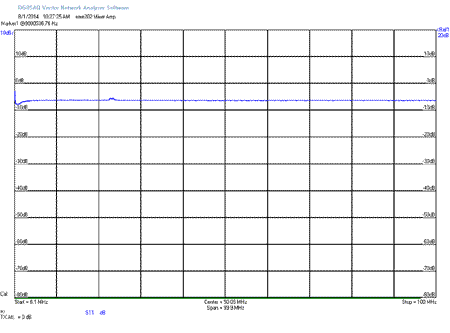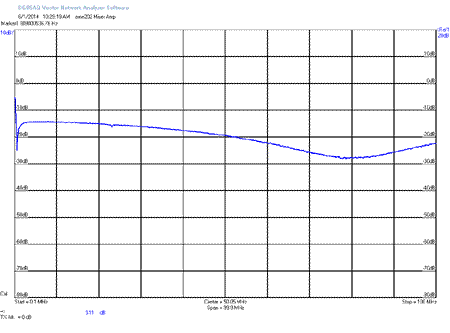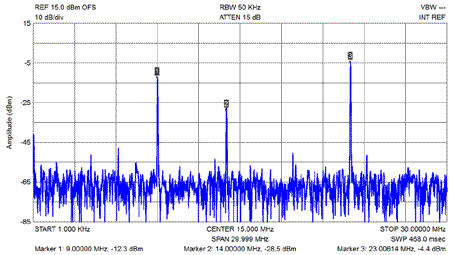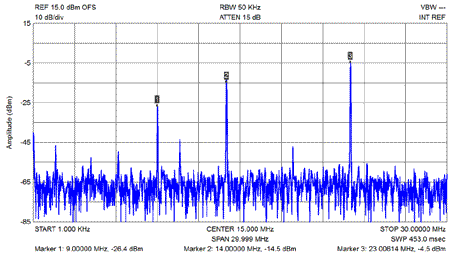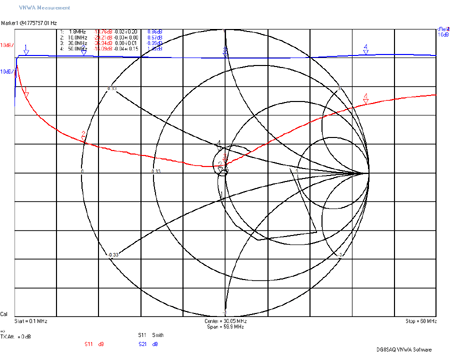EME202 HF Mixer Amplifier Kit
- EME202 Module Description:
Updated! Nov 2018 - Kit Constructors Alert:
Updated! Jan 2016 - EME202-Rev2 Kit Construction Notes:
- EME202 Kit Performance Tests:
- EME202-Ver1 Pre February 2016:
Discontinued!
- Kit changes and Updates:
- M1 Transceiver Block Diagram Rev1.5:
- M1 Series Transceiver Web page:
- Buy a EME202 Kit:
The Mini-Kits EME202 HF Mixer Amplifier module is part of the M1 series building blocks to construct a high performance M1 HF Transceiver. The M1 HF Series Kits have been designed to allow easy construction due to the use of mainly leaded components for those that don't like surface mount devices. Modern SMD components are only used when required due to availability of components, or for better performance. The RF modules are all designed with a 50ohm impedance making it easy to interconnect with the other M1 series modules, and your own home brew circuit designs.
The Mixer Amplifier is available with the option of either the Mini-Circuits +7dBm ADE-1, or +17dBm ADE-1H Mixer which can be used as a general purpose Mixer module to construct a HF Receiver, or Transceiver between 500kHz and 60MHz. The ADE-1 is commonly used for QRP projects and is similar to the TUF-1 and SBL-1 Mixers. The ADE-1H mixer option is for those that want a higher performance mixer but +17dBm of local oscillator drive is required. The post mixer amplifier uses a BFQ19 transistor with both emitter degeneration, and feedback from the collector to base to obtain a flat wide 1dB bandwidth from 1 to 60MHz. The amplifier has a low return loss over the 1 to 60MHz frequency range, so that the mixer will be correctly terminated when the output of the amplifier is connected to a 50ohm load. The circuit uses PIN diode switches to allow the module to be used in single mixer transceiver project, by allowing the amplifiers output to be switched to either an IF amplifier for RX mode, or to a band pass filter in TX mode. See the Block diagram for the connections to this module.
The amplifier has been designed with a gain around 20dB , and has a
measured 4.4dB noise figure at 12MHz. The output IP3 which is
important for strong signal handling was measured as +30.5dBm @ 7MHz
using two tone signals of 9 and 11MHz. The amplifiers 1dB
compression was measured as +14.5dBm @ 7MHz.
1/ The 2x BFQ19 post mixer amplifier that was used in all Ver1 Kits has been changed as there was instability caused by the amplifiers impedance matching that causes a bad mismatch between the mixer and crystal filters. The symptom can be checked by removing the antenna and listening for spurious noise out of the speaker while waving a hand over the modules on the chassis. This may also appear as being the 9MHz IF amplifier oscillating causing a howling sound from the speaker. Customers that have already purchased the Kit and want to update the circuit can email Mini-Kits for the latest Kit notes.
The Notes below are for Rev2 Kits supplied from February 2016. If you have purchased a Ver1 Kit it is highly recommended that you update the module, and email Mini-Kits for the latest Kit notes.
The images below show both sides of the board. The module is very easy to construct as it mainly uses conventional leaded components. There are a few SMD components on the bottom side of the board which are quite easily fitted. The Inductor L3 is easily would using 11 turns of 0.3mm ECW wire on a T37-43 Toroid. The Toroid can be secured to the board with hot melt glue, or non acidic silicone if required. The bottom view picture shows a +7dBm ADE-1 mixer fitted, and the +17dBm ADE-1H is available as an option.
The original version 1 Kit that used two BFQ19 transistors in the post mixer amplifier has been discontinuied and replaced with the EME202-Rev2. The performance change to a single BFQ19 transistor had minimal change to the IP3, and produces a much flatter frequency response and better return loss.
The images below should not be used for Kit construction after Feburary 2016 as the circuit has been improved. Please refer to the Kit alert for changes to the Ver1 module.
1/ The 2x BFQ19 post mixer amplifier in this Kit has been changed as there was instability caused by the amplifiers impedance matching that caused a bad mismatch between the mixer and crystal filters. The symptom can be checked by removing the antenna and listening for spurious noise out of the speaker while waving a hand over the modules on the chassis. This may also appear as being the 9MHz IF amplifier oscillating causing a howling sound from the speaker. There was no way that we could modify the two transistor circuit as it appears to be a PC board layout issue, so we redesigned the amplifier for a single transistor. The IP3 performance is very similar, and it also allowed us to increase the bias current. The amplifier gain and return loss was also dramatically improved.
Modification from Ver1 to Rev2 SB1 Download.

